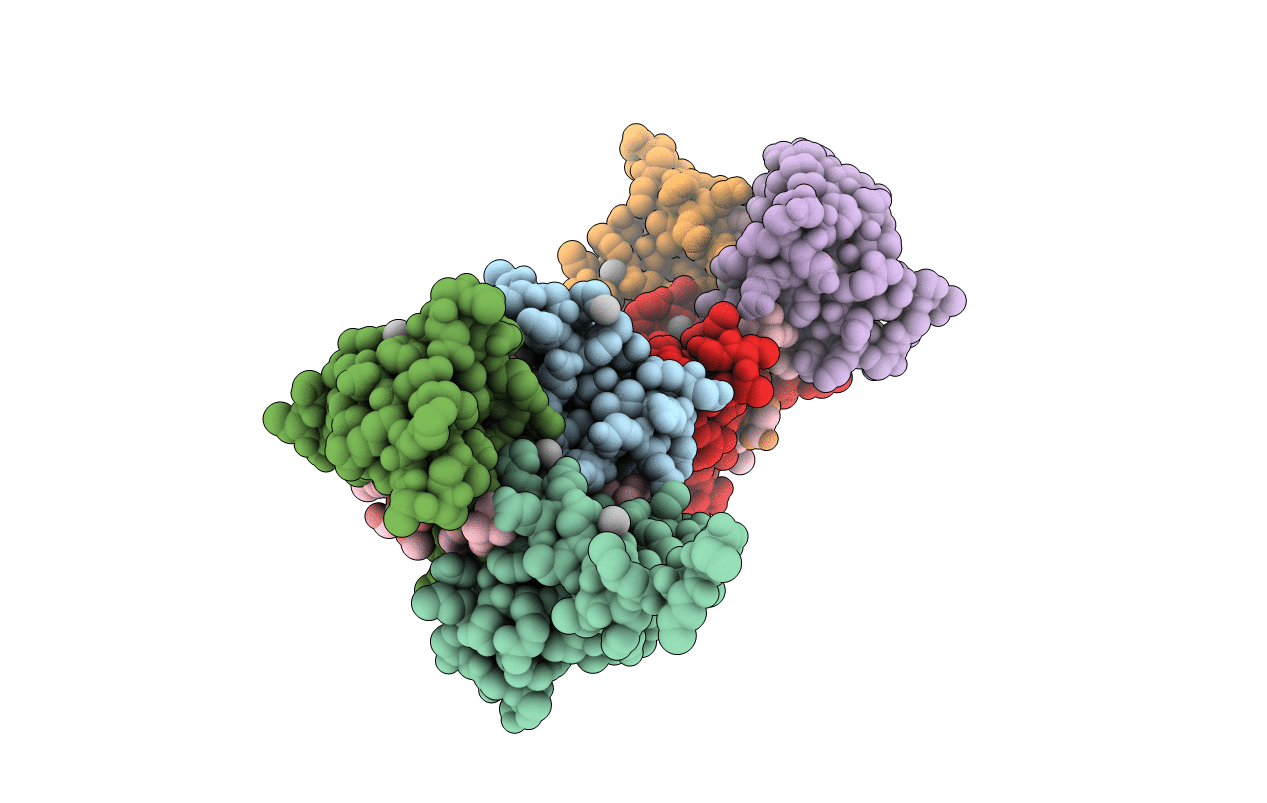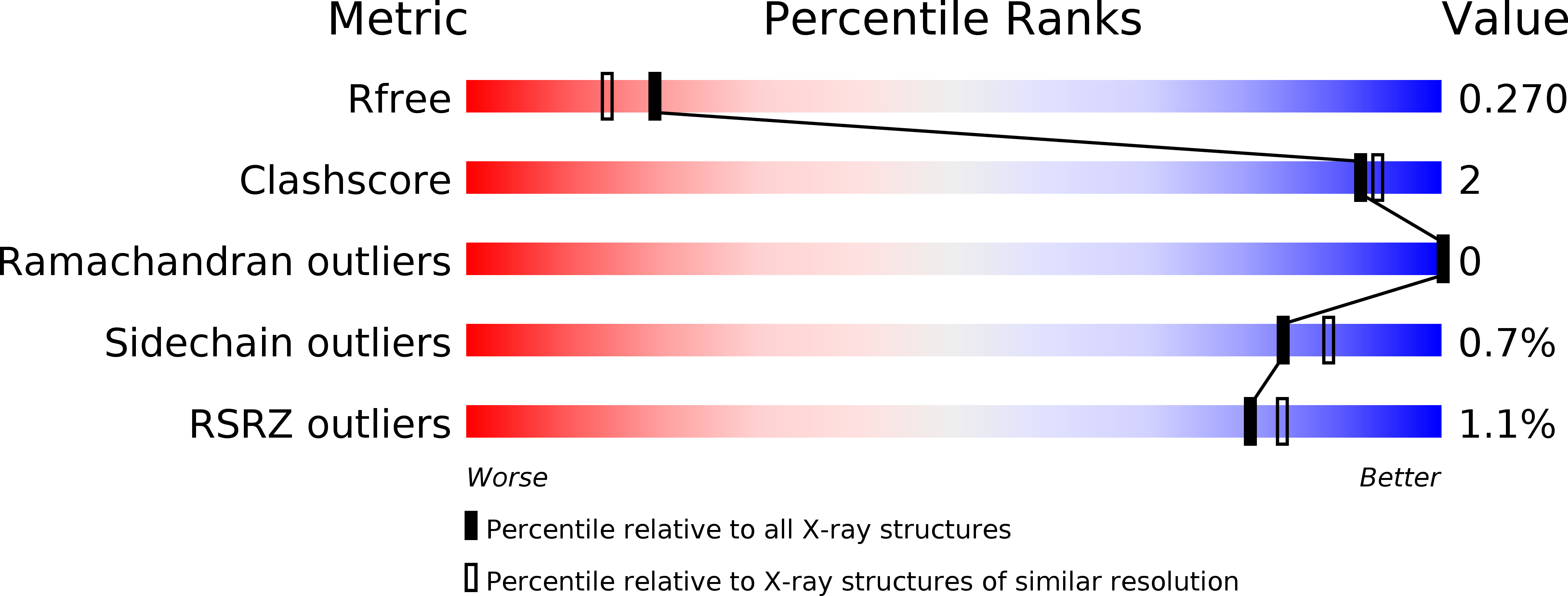
Deposition Date
2019-11-22
Release Date
2019-12-25
Last Version Date
2023-10-11
Entry Detail
PDB ID:
6V2D
Keywords:
Title:
Crystal Structure of chromodomain of CDYL2 in complex with inhibitor UNC3866
Biological Source:
Source Organism:
Homo sapiens (Taxon ID: 9606)
synthetic construct (Taxon ID: 32630)
synthetic construct (Taxon ID: 32630)
Host Organism:
Method Details:
Experimental Method:
Resolution:
2.10 Å
R-Value Free:
0.26
R-Value Work:
0.21
R-Value Observed:
0.21
Space Group:
P 21 21 21


